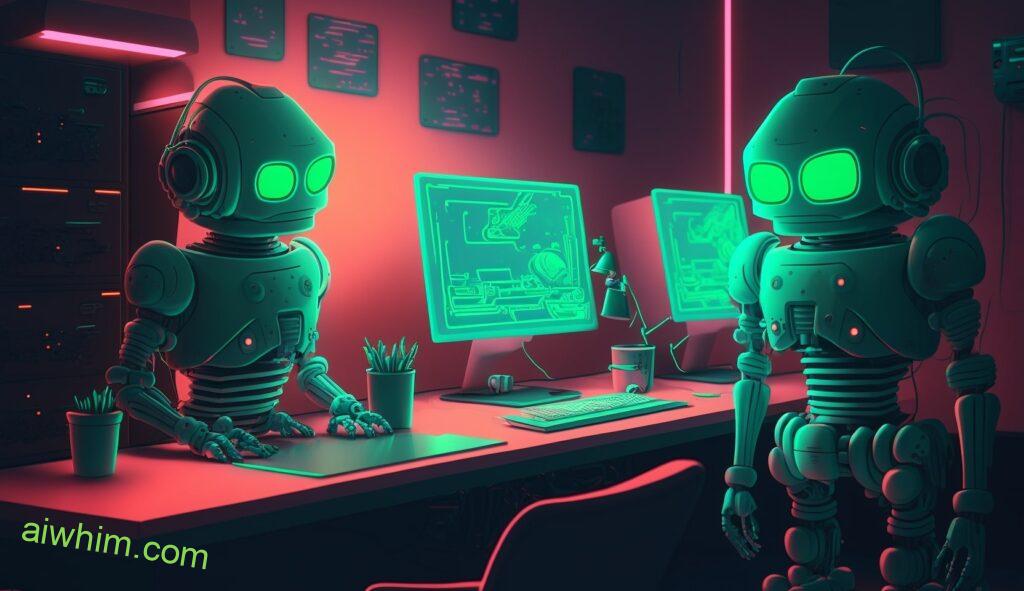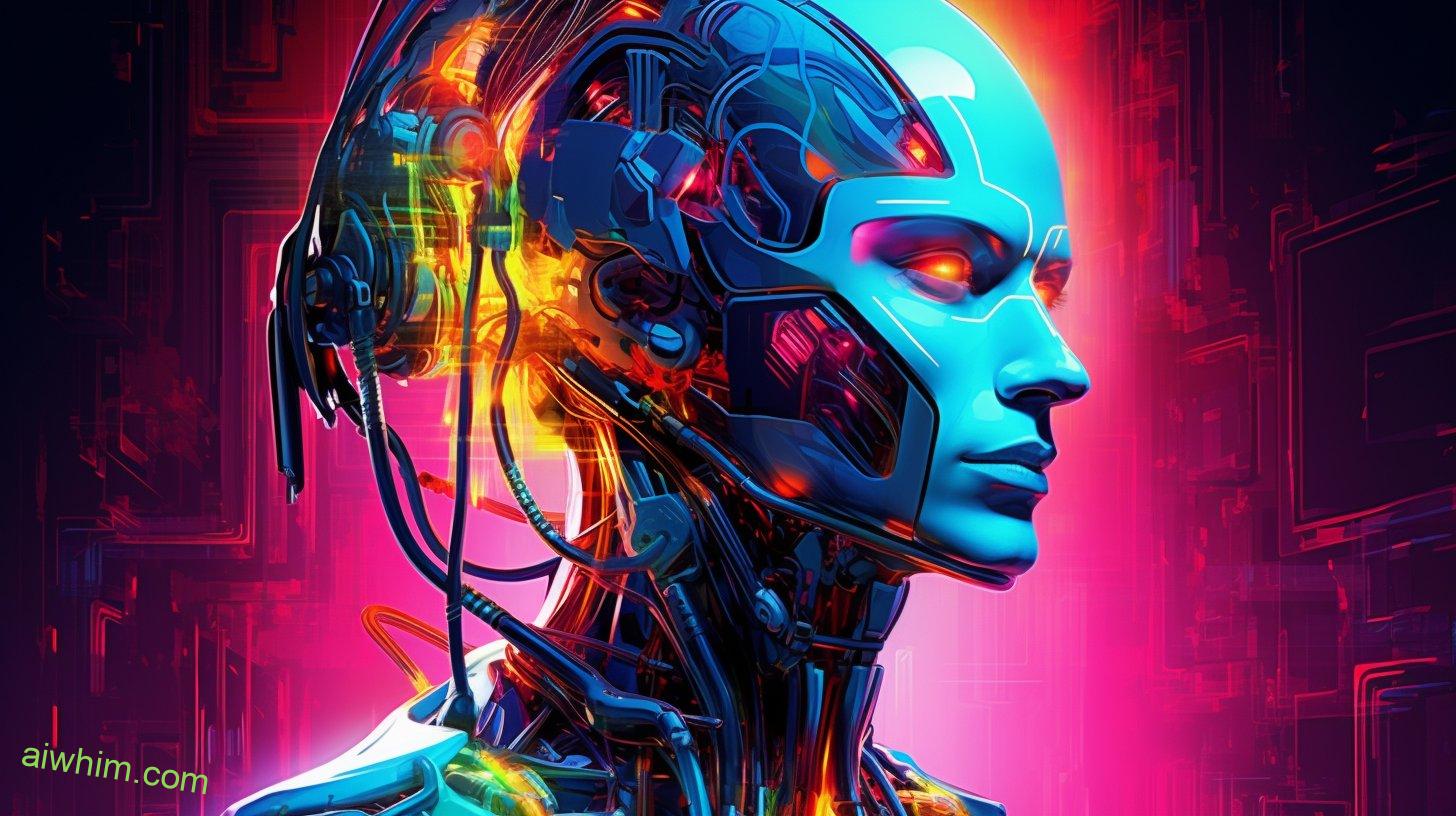Are you a web designer wondering if your job is in danger? You’ve heard the news – artificial intelligence (AI) is taking over all kinds of jobs, from customer service to legal work. But what about yours? Could AI steal your role as a web designer and leave you without an income?
The truth is, it could. We’re living in the age of automation and with more technology being developed each day, there’s no limit to the tasks that can be taken on by computers. So yes, AI has the potential to take away many roles traditionally held by humans. And sadly, this includes web design too.
But don’t panic just yet! There are ways for you to stay ahead of the game and ensure that your skills remain valuable in a world where robots and machines do most of the work. In this article we’ll look at how you can safeguard your career against any advances made by AI when it comes to designing websites.
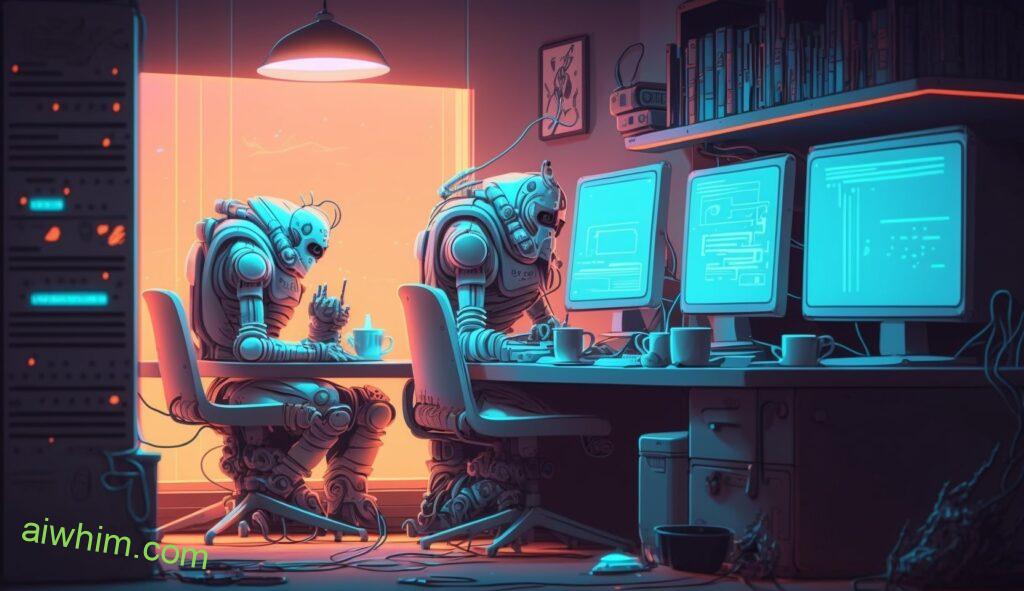
Definition Of AI
AI stands for Artificial Intelligence, and it refers to the ability of machines or computers to perform tasks that usually require human intelligence. AI technology can be used in various fields, such as web design. It’s an incredible concept that has been explored since the 1950s, with advancements being made every day.
Understanding what AI is helps us better comprehend how it could impact our lives. To put it simply, it’s a computer program capable of learning from past experiences and using those learnings to make decisions instead of relying on predetermined instructions from humans. Machine Learning is also often mentioned when talking about AI; this involves algorithms analyzing data sets for patterns which are then used to draw conclusions about future outcomes without explicit programming by humans.
AI brings many advantages – especially in terms of speed and accuracy – but there are still ethical considerations around its use. As technological advances continue to bring new possibilities, so too do discussions around the implications of these advances on society as a whole – including whether or not they threaten certain jobs like web design.
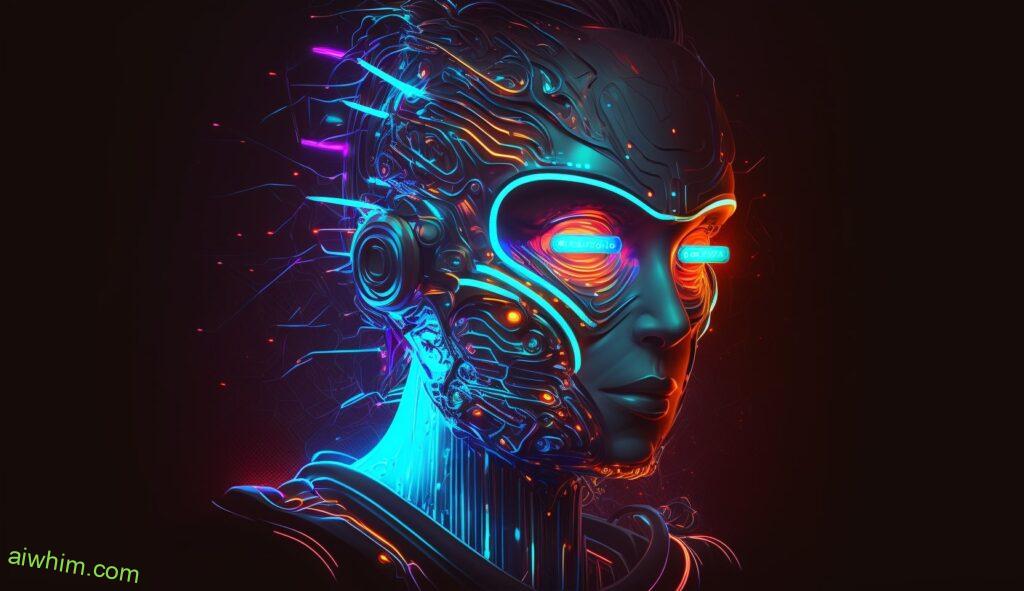
Potential Impact Of AI On Web Designers
The impact of AI on web designers is something to consider and understand before jumping into a career in this field.
Here are some points to keep in mind when it comes to automation jobs:
- AI can automate certain tasks, such as coding or creating graphic designs; however, there will still be certain skills necessary for more sophisticated projects.
- Ethical concerns may arise with an increased reliance on automation tools – these should carefully be considered before making any decisions about incorporating them into your work process.
- The demand for human creativity will remain strong even as technology advances. After all, machines cannot replicate our unique ideas and experiences!
Web designers must stay ahead of the curve when it comes to understanding how AI might affect their profession. Keeping up with technological trends and developing new skillsets can help ensure job security now and in the future. This means staying aware of potential ethical issues that could arise from automated processes while also recognizing the need for humans to bring creative solutions to the table whenever needed. In short, learning how to effectively utilize both machine intelligence and human ingenuity is key for success in this ever-changing industry.
Automation And Machine Learning In Web Design
The future of web design looks to be a product of automation and machine learning. With the rise of these technologies, many aspects that were previously done manually can now be completed without human intervention. Automation has enabled designers to quickly create websites with fewer steps and more efficient processes. This allows for increased productivity and faster turnaround times. Machine learning is also being leveraged in web design by allowing users to have better user experiences through visual designs tailored specifically for them based on their browsing habits.
In addition, automation and machine learning are playing an increasingly important role in creating customer-centric digital products that provide optimal user experience across different platforms and devices. Designers no longer need to constantly update elements due to changes in technology or consumer preferences; artificial intelligence algorithms can detect patterns from data collected from various sources and use it to automatically adjust website features accordingly. As such, we’re likely to see continued growth in the utilization of automation and machine learning technologies within the field of web design as they continue to improve user experiences while providing more cost effective solutions for businesses.

Creation Of New Jobs By AI
The potential of AI to revolutionize the way we live and work is practically infinite. With its ability to automate tedious tasks, it can free up humans from mundane activities, allowing us to focus on more creative endeavors and discover new ideas. But one of the most exciting aspects of AI is its capacity to create jobs that never existed before – an unbelievable prospect!
AI-created jobs are quickly becoming a reality as companies look for ways to leverage the technology’s advantages. Job automation with AI offers employers opportunities such as cost savings in labor costs, improved productivity, and increased efficiency. As AI continues to advance, so does its ability to create job opportunities in a variety of sectors including healthcare, finance, logistics, manufacturing, retailing and many others.
In addition to creating brand-new types of jobs, AI-driven automation also has the potential to add value or augment existing roles by giving skilled workers access to more data than ever before. By leveraging this newfound intelligence and decision support systems powered by machine learning algorithms, these professionals can make better decisions faster than they could have done alone. This creates even greater possibilities for innovation while helping businesses remain competitive in their respective fields.
It’s clear that artificial intelligence will change our lives forever – both positively and negatively – but there’s no denying that it presents unique job creation prospects too. From automating mundane tasks through robots and bots to providing insights into better decision making processes via analytics tools; AI promises unprecedented levels of insight and freedom when it comes to employment opportunities. Its future looks bright indeed!
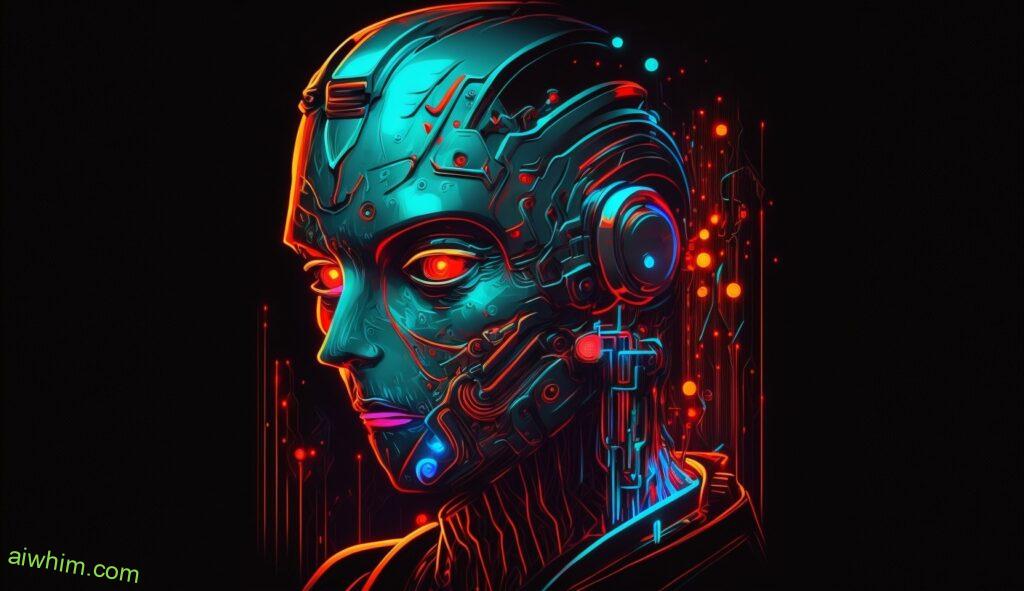
Skills Necessary For Web Designers To Stay Relevant
As AI continues to become more advanced, the question of whether it will take over web designers’ jobs has been asked. Although there is no definitive answer yet, one thing is certain: web designers need to stay ahead of the curve and develop a new set of skills if they want to remain relevant in their field.
One way that AI will undoubtedly have an impact on web design is through automation. Web design automation involves using algorithms and machine learning techniques to create layouts and designs quickly and efficiently. This could be used for anything from creating basic website templates to designing complex applications. In order for web designers to stay competitive, they must learn how to use these automated tools effectively. They should also understand the basics of machine learning so that they can assess when their work needs additional human input or customization.
Web designers must also keep up with technology trends in order to continue producing cutting-edge websites and apps. As technologies such as artificial intelligence, augmented reality (AR), virtual reality (VR), ChatGPT, AI image generation, voice search optimization and other advancements become increasingly commonplace, web designers need to familiarize themselves with these developments in order to better serve their clients’ needs. By staying abreast of emerging technologies like these, web designers can ensure that their work remains fresh and innovative while also helping them stand out amongst competitors.
The future of web design looks bright – but only if its practitioners are willing to invest time into developing their skillset. The ability to adapt quickly and utilize both manual and automated processes will be key in ensuring successful outcomes for projects large or small. With the right combination of technical know-how, creativity, collaboration and problem solving abilities, any modern day web designer can propel themselves forward into a prosperous future within this ever-evolving industry.
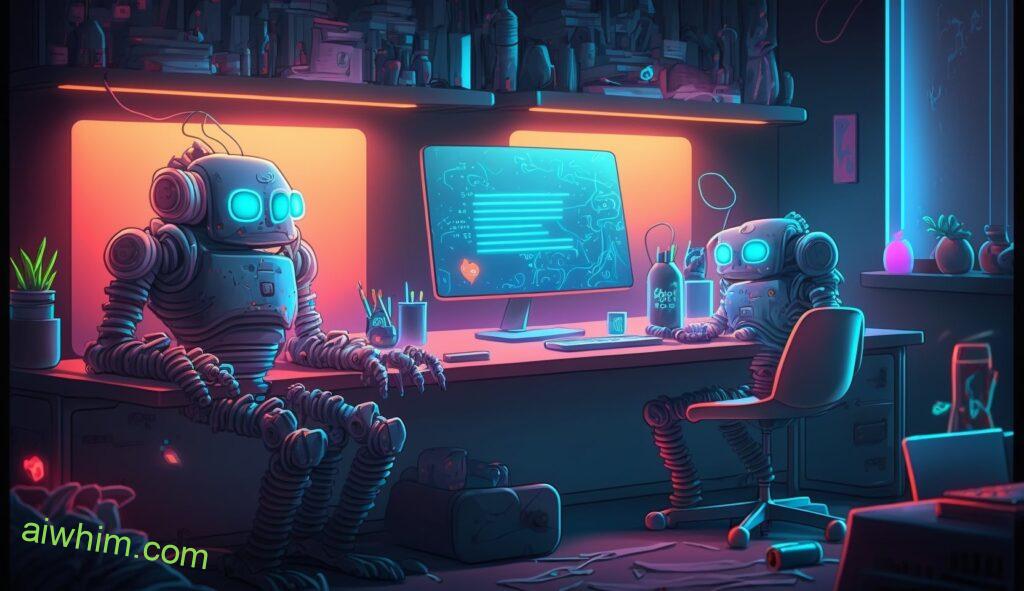
What Benefits Can AI Offer Web Designers?
The potential of AI-powered design for web designers is exciting. Artificially intelligent tools and machine learning algorithms can automate routine tasks like coding and testing, freeing up time to focus on more creative aspects of the job. Web designers are able to spend less time programming and debugging code, allowing them to create better user experiences faster than ever before. Here’s a list of some benefits that AI offers web designers:
- Automated Coding: AI allows web designers to quickly write code that would normally take hours or days. With AI-driven automation, they can quickly produce high quality results with precision and accuracy.
- Automated Testing: As websites become increasingly complex, running manual tests can be tedious and time consuming. An AI powered system can automate these tests in minutes instead of hours, ensuring maximum efficiency when developing websites.
- Artificial Intelligence Tools: A wide range of innovative artificial intelligence tools have been developed specifically for web design projects – from creating custom themes to optimizing images for speed and load times. These powerful tools make it easier than ever for web designers to create beautiful sites without having to manually implement every change themselves.
- Machine Learning Algorithms: By leveraging the power of advanced machine learning algorithms, web designers can optimize their designs for specific target audiences by automatically adjusting elements like colors, fonts, layout, etc., based on what works best for each visitor’s unique preferences and behaviors.
This means that website owners no longer need an army of developers working around the clock just to keep their site at peak performance – they simply let the machines do the work while they focus on more important things! It also gives web designers more freedom to explore new ideas without sacrificing productivity or creativity in order to stay competitive in today’s digital landscape.

How Will AI Affect The Hiring Process For Web Designers?
AI technology is rapidly changing the way we think about recruitment and hiring. It has already begun to make its mark on web design hiring, with machine learning algorithms being used in the selection process. AI-based tools are helping employers sort through large numbers of resumes quickly and accurately, making it easier for them to find the best candidates for their job openings.
But what does this mean for web designers? Will AI eventually steal their jobs? While there’s no doubt that automation will play a role in future web design hiring processes, it won’t necessarily replace human judgement completely. After all, people have unique skills that machines can’t replicate – creativity, problem solving ability and interpersonal communication among others – which makes them irreplaceable when it comes to certain roles such as website design.
The real impact of AI on web design hiring may be in how recruiters use automated systems to augment their own decision-making abilities rather than replacing them entirely. For example, AI could help recruiters identify potential candidates faster by scanning job boards or social media sites for relevant keywords or qualifications. This would free up more time for recruiters to focus on other areas of the recruitment process such as interviewing applicants and evaluating portfolios. Ultimately, these advances could lead to better quality hires and improved customer satisfaction for businesses utilising an AI-driven recruitment system.

Application Of Artificial Intelligence In Web Design
As web design is a highly creative endeavour, it may seem like the application of artificial intelligence (AI) could never replace a human designer. But this isn’t necessarily true; AI can be used to automate certain tasks that are typically done by designers and developers. Through machine learning technology, computers can now perform complex operations with minimal input from humans. This means that automation can take on many of the tedious and repetitive tasks associated with web design, freeing up time for more important projects or activities.
With the ability to process large amounts of data quickly, AI has opened up new possibilities in the field of web design. By leveraging its sophisticated algorithms, machines can provide insights into user behaviour, suggest improvements to page layouts, create customised content and even develop entire websites autonomously. With automated solutions such as these becoming increasingly commonplace, businesses no longer have to rely solely on manual labour when creating their digital presence – saving them money in the long run while providing better results than ever before.
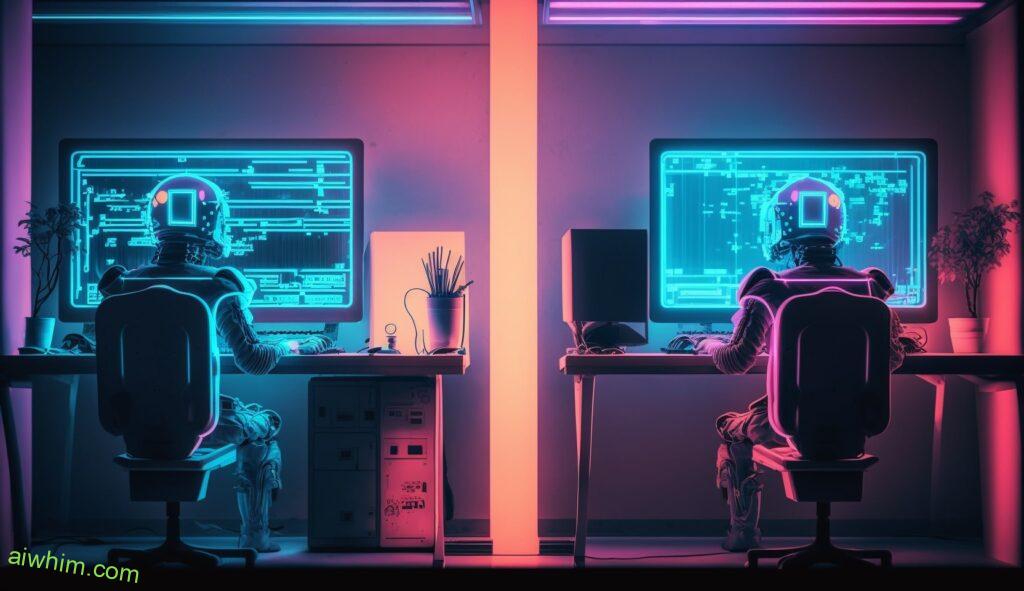
Are There Any Ethical Concerns With Using AI For Web Design?
As Artificial Intelligence (AI) increasingly encroaches into the web design field, ethical questions inevitably arise. With AI taking over more of the work that was once exclusively done by humans, there are important implications for web designers and those who use their services. From a moral standpoint, it’s essential to consider whether or not it is ethically acceptable for AI algorithms to replace human interaction in web design projects.
The potential ethical concerns surrounding AI-driven web design largely revolve around control and autonomy. For example, how much control do companies have when they outsource certain aspects of website development to AI platforms? And what impact does this have on web designers’ autonomy and ability to express creativity? Furthermore, if machines are able to replicate tasks traditionally handled by people, will web designers be forced out of jobs due to increased automation? By no means should these serious issues be taken lightly; rather, we must continue to critically analyze the ethics behind using AI for web design.
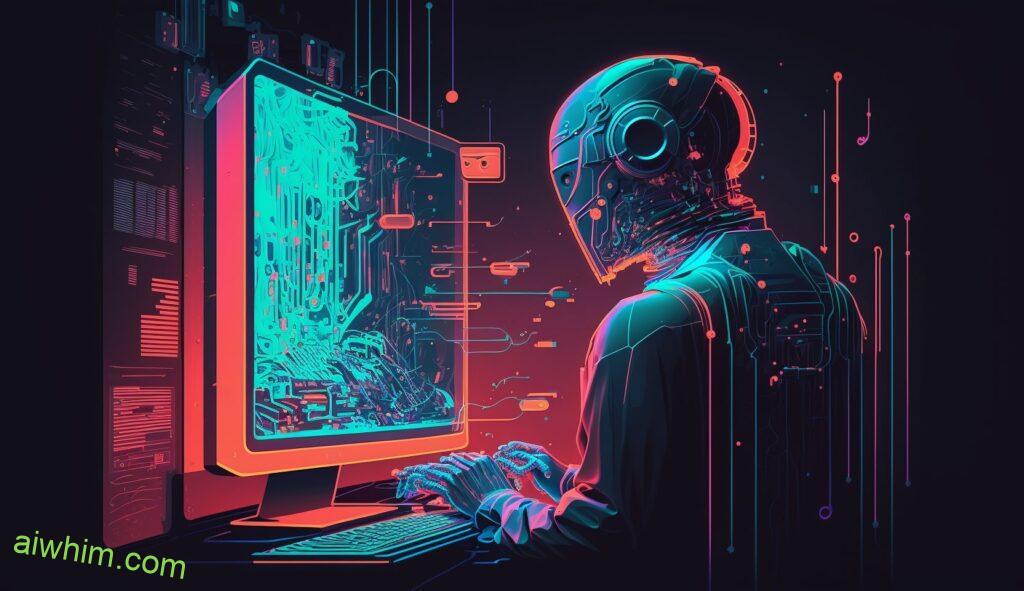
Challenges For Companies And Professionals In Adopting AI
AI adoption is becoming increasingly popular, but companies and professionals face a variety of challenges when it comes to implementation. For companies, one challenge is integrating AI into the existing systems within their organisation. This involves adapting various components, such as databases, hardware and software applications; all while ensuring that data remains secure. Additionally, many organisations struggle with the cost associated with AI integration, since they often need to invest in additional training for employees on how to use the new technology.
Professionals also encounter obstacles when adopting AI. Many lack an understanding of the technologies needed for successful implementation and are unprepared for potential disruption to their roles or industries caused by increased automation. Furthermore, workers may be reluctant to take advantage of educational opportunities related to AI due to a fear that these might not lead to career advancement.
Overall, there are numerous issues which must be addressed when it comes to implementing AI at both company and professional levels. As businesses become more aware of this reality and develop strategies that accommodate the unique needs of each situation, we can expect greater success with AI adoption in the near future.

The Future Of Human-Aided And Autonomous AI In Web Design
The future of web design is a complex mix of human-aided and autonomous AI. Human designers will continue to be essential in the creative process, while AI can help speed up production time and increase accuracy.
- AI-Assisted Design: This type of design involves using algorithms or machine learning to automate tedious tasks like image processing, testing, and coding. AI can also detect errors quickly and suggest improvements faster than human designers.
- Autonomous AI: Autonomous AI systems are capable of creating entire designs on their own with little to no input from humans. These systems use data mining techniques and deep learning technology to create stunning visuals with minimal effort from web designers.
- Human-Aided Design: Although automated tools play an important role in modern web design, it would be difficult for them to replace humans entirely. People have unique ideas that cannot be replicated by machines alone; therefore, they remain crucial components in any successful design team.
Ultimately, both types of AI technologies offer advantages when used correctly. By taking advantage of these advancements, web designers can stay ahead of the curve and create more professional looking websites without sacrificing creativity or quality control. With access to these powerful tools, web designers have never been better equipped to provide clients with stunning results – all while enjoying greater freedom over their work!
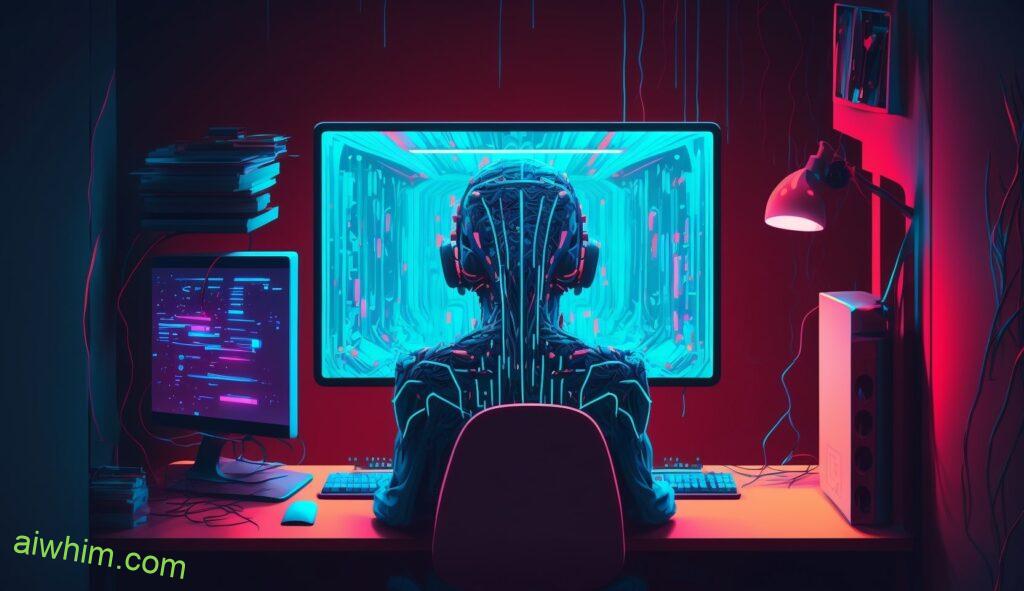
Security, Privacy And IP Concerns With AI-Assisted Design
As technology continues to evolve, so too must the understanding of the security, privacy and intellectual property implications with AI-assisted design. With autonomous systems on the rise in web design, it is essential to consider not only the potential benefits but also any risks associated with these new technologies.
The use of AI-assisted design has raised some legitimate questions about who owns the designs created by a machine. The concept of copyrighting an algorithm’s work is something humanity will soon have to grapple with as machines become more capable at creative tasks. Another concern is how much access should be given to companies or governments when using this type of technology for their own benefit – what are the limits? It’s an age-old debate between freedom and control.
These issues may seem daunting, but fortunately there are proactive ways to ensure that security, privacy and intellectual property rights remain intact while utilizing AI-assisted design. By establishing clear policies around ownership and usage permissions upfront, businesses can protect themselves from costly legal battles down the line. Moreover, organizations would do well to keep abreast of changing regulations regarding data collection and storage related to AI-assisted projects — knowledge being power after all! As such, open dialogue among stakeholders should be encouraged in order to identify any potential threats ahead of time and take appropriate measures to safeguard against them.
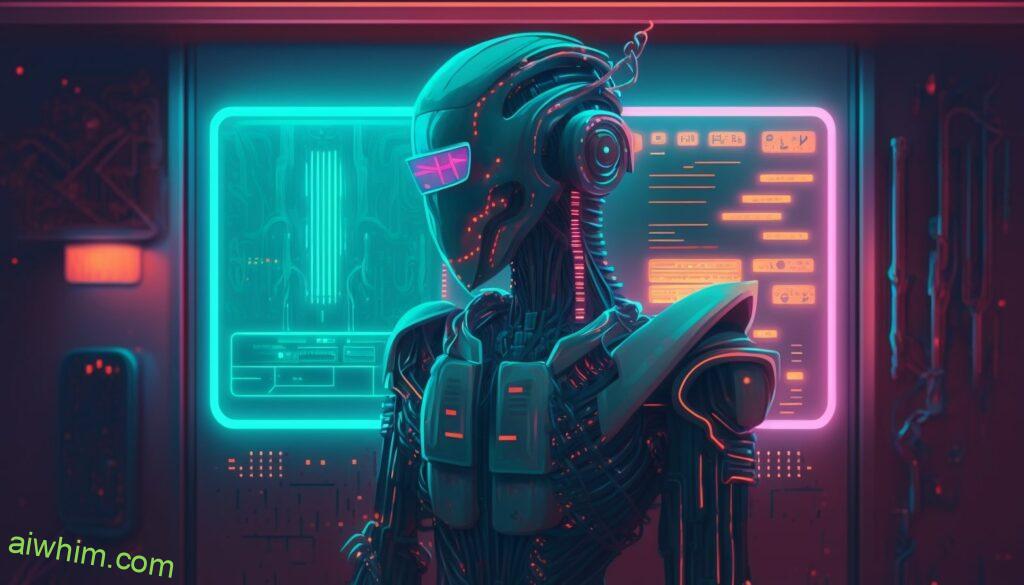
Regulatory Considerations For The Use Of AI In Web Design
When it comes to the use of AI in web design, there are several regulatory considerations that must be addressed. Without a proper governance framework and data security measures in place, businesses could be exposed to risks and liabilities associated with the use of AI.
To ensure effective compliance with regulations and protect against potential liability, here are four key elements for businesses to consider:
- Developing an AI Governance Framework: A comprehensive governance framework should define how your business will use AI within its processes. This includes guidelines on how data is collected, stored, used, shared and secured.
- Establishing Data Security Protocols: It’s important to have clear policies surrounding data security protocols including access controls, encryption standards, authentication requirements and breach notifications.
- Understanding Regulations Related to AI Use: Businesses need to understand local laws related to using or collecting personal information as well as industry specific rules around data privacy.
- Implementing Compliance Best Practices: To minimize risk exposure from noncompliance issues due to changing regulations or technology advancements, businesses should implement best practices such as regular audits and reviews of their systems.
By taking into account these key considerations when developing an AI system for web design purposes, businesses can better protect themselves from any legal implications associated with using AI technologies.
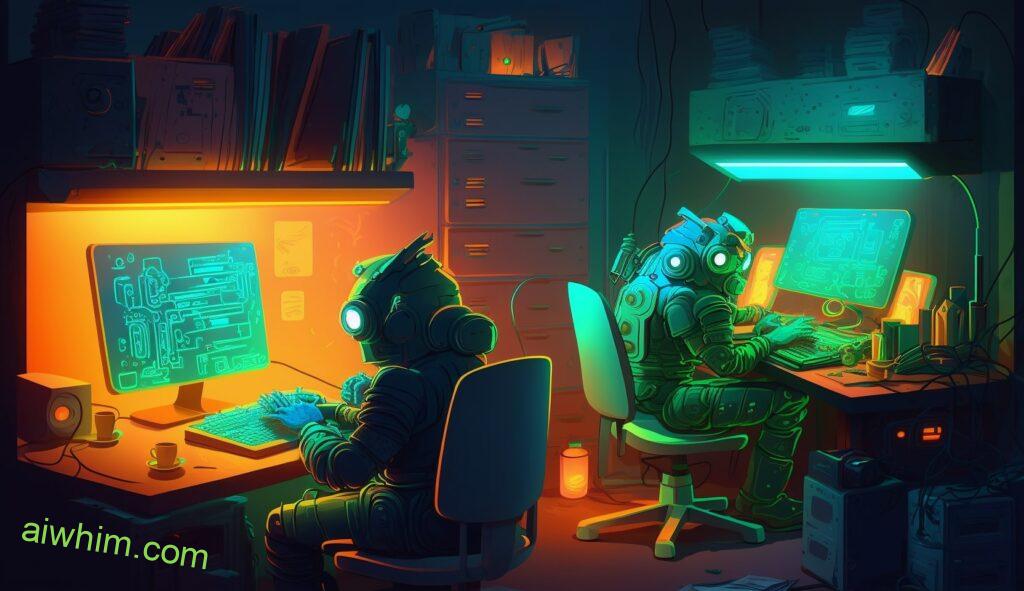
Advantages And Disadvantages Of Using AI In Web Design
Recent studies have shown that AI-driven web design is on the rise, with more than half of businesses now using it in some capacity. As this technology continues to evolve and become more widely used, there are both advantages and disadvantages associated with its use in web design.
One clear advantage of using AI for web design is its ability to reduce time spent on designing websites. By utilizing AI tools such as natural language processing and machine learning algorithms, designers can quickly create a website without having to manually code every element. This saves companies money by reducing the amount of labor required for each project. Additionally, these technologies allow designers to easily customize sites according to customer needs or preferences without needing any technical know-how.
Despite these potential benefits, there are also drawbacks associated with incorporating AI into web design projects. For one thing, AI still lacks the creativity of human designers and may not be able to produce aesthetically pleasing websites like humans could. Furthermore, if an AI tool fails during development or encounters difficulties after launch, it can be difficult and costly to debug the problem due to the complexity of such software systems. Finally, when data sets are lacking or incompletely labeled, it’s possible for an algorithm to produce inaccurate results that lead developers down incorrect paths while developing a website.
Therefore, before deciding whether or not to incorporate AI into their web designs, companies must consider all implications carefully so they understand what risks they’re taking on and how best to mitigate them. A strategic approach towards leveraging this technology will ensure greater success and satisfaction from customers who visit your site.
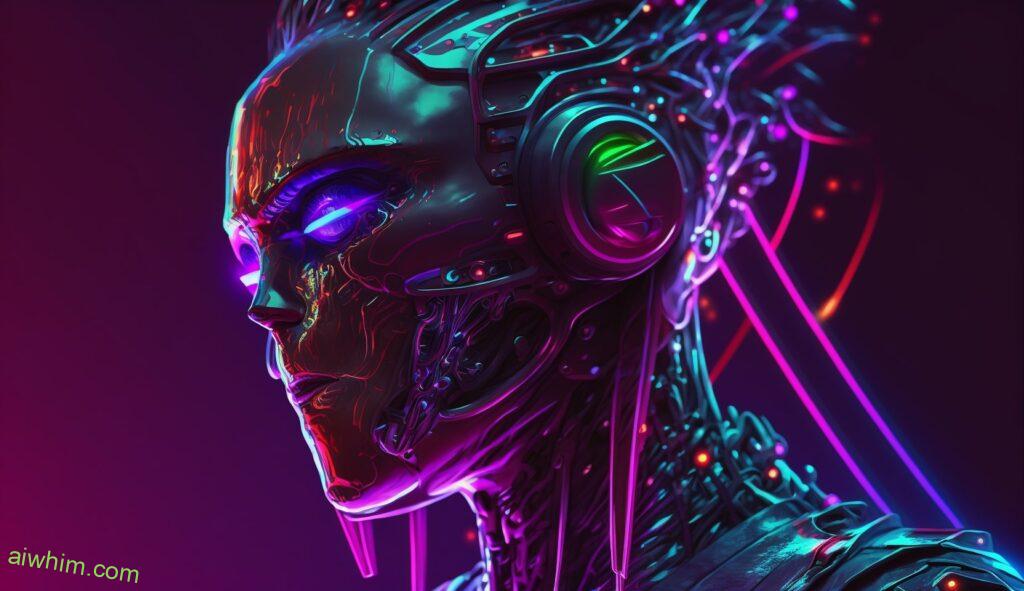
Summary: How AI Shapes The Future Of Web Design
As we have seen, the use of AI in web design can be advantageous for businesses and consumers alike. However, it also has potential to cause job loss due to its ability to automate certain tasks. In this section, a summary will be provided that outlines the key points discussed in regards to how artificial intelligence could shape the future of web design.
- AI is revolutionizing web design by enabling designers to build sophisticated websites with automation tools.
- Businesses are using AI powered chatbots on their websites to provide customers with better service.
- Consumers benefit from an increased level of personalization when browsing websites through automated features such as product recommendations or alternative search results.
- Web designers must adapt their skillset and stay up-to-date with new technologies if they wish to remain competitive in the industry due to potential job losses caused by AI automation.
It is clear that AI offers both advantages and disadvantages when used in web design; however, there is no doubt that its presence will continue to grow in the years ahead. As technology advances, so too does our dependence upon it—web designers must take note and ensure they maintain relevance within their field by adopting a forward thinking approach towards learning new technologies related to their profession.
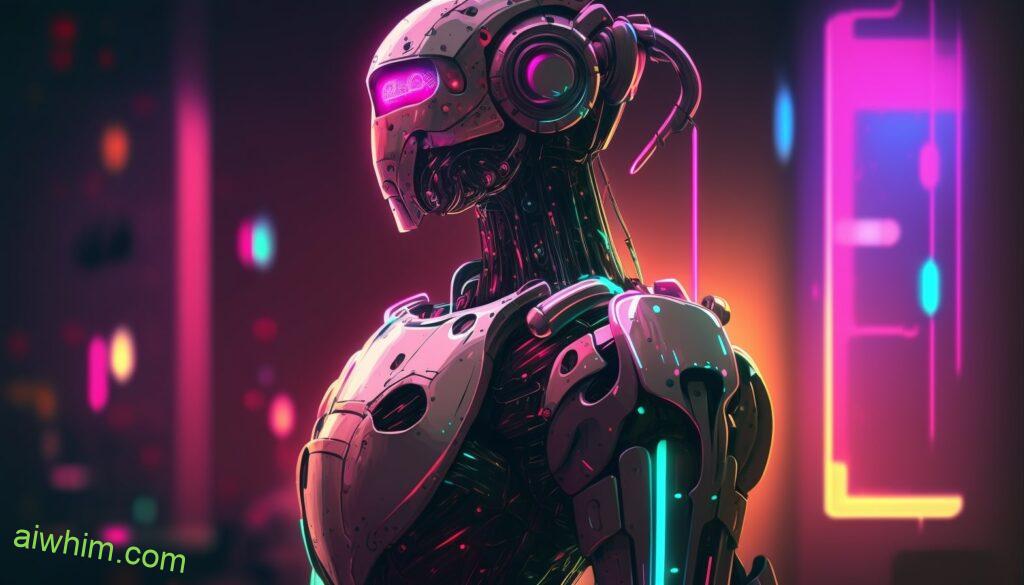
Conclusion: Will Web Designer Jobs Become Obsolete?
It’s no surprise that AI is changing the way we approach web design. Web designers need to be aware of the impact this technology can have on their industry and take steps to prepare for possible changes in the future. As AI becomes more accessible, it’s important for web designers to understand how it works and consider if incorporating it into their services might benefit them or their clients.
So, should web designers worry about losing their jobs? It depends! If they’re willing to educate themselves and stay up-to-date with trends in the field, then there are opportunities available for them to use AI as part of their workflow without feeling like they’re being replaced by a machine. On the other hand, those who don’t want to invest time in learning new skills may find themselves at risk of losing out on potential projects due to lack of knowledge.
Overall, while AI has its risks, it also offers tremendous potential when used correctly. The key is to determine whether investing in learning these tools will be beneficial and worth your time and energy. After all, what better way could you use your skills than by creating something unique that only you can offer? Isn’t that why you became a web designer in the first place?
Author: Ole Paulson
Author Bio: I’m Ole and on this website, I share everything there is to know about Artificial Intelligence, and useful tips for using AI to our advantage. I have a background in data science and research and have been following the AI-space for years. You can read more about me in the “About” page.

